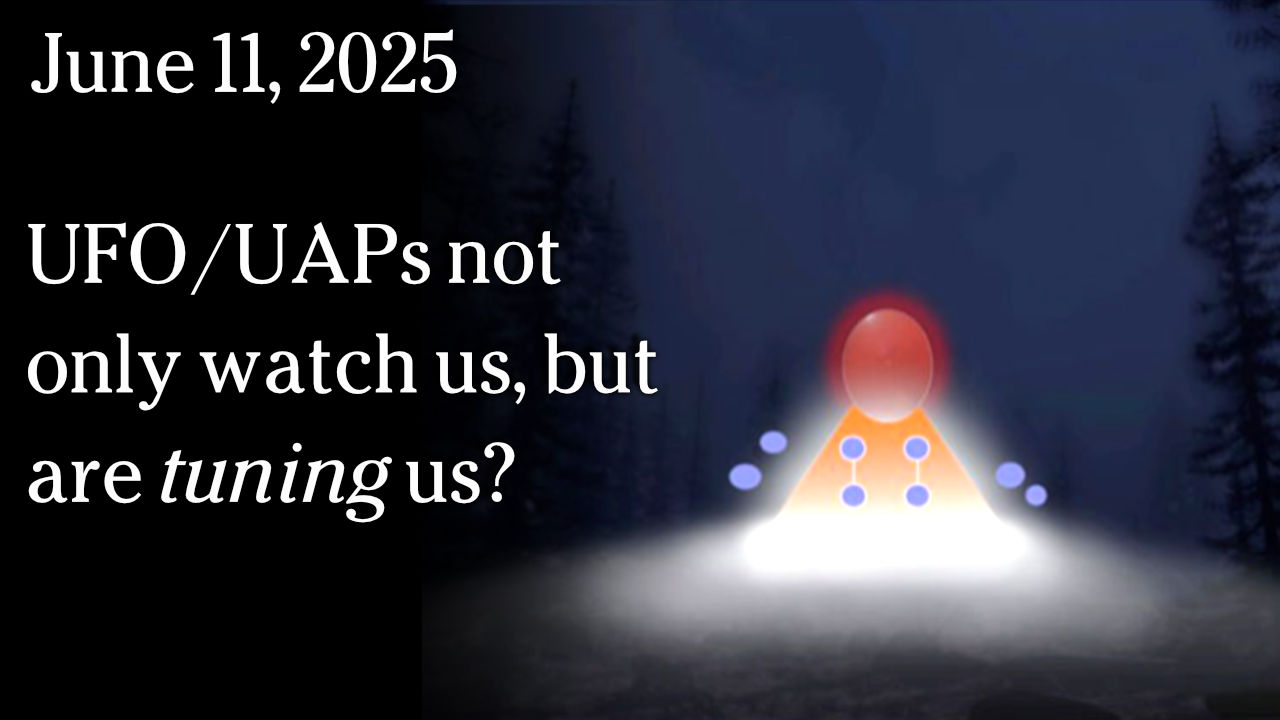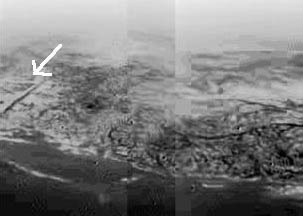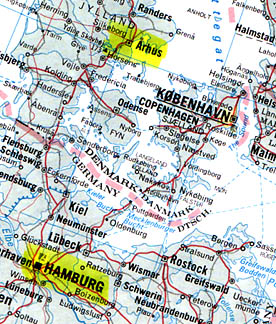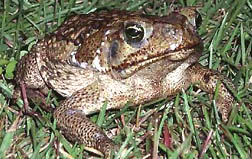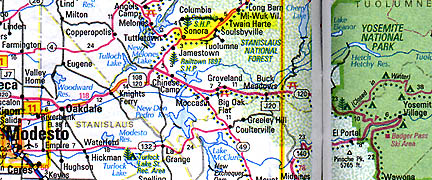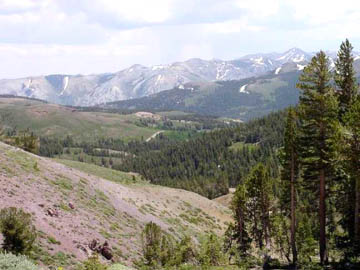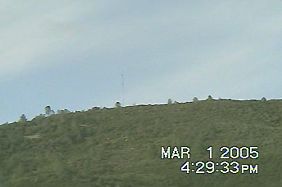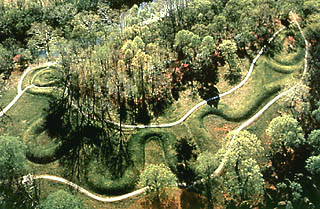“All of us agreed that the mysterious lights seemed to be coming from the direction of the Serpent Mound area, which from my sister’s house would have been off to the right in our field of vision. We actually joked at the time, ‘Maybe there will be a crop circle there in the morning.’”
– Tree Pruitt, Eyewitness, Batavia, Ohio
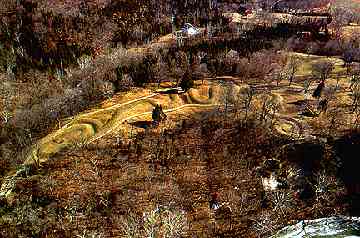
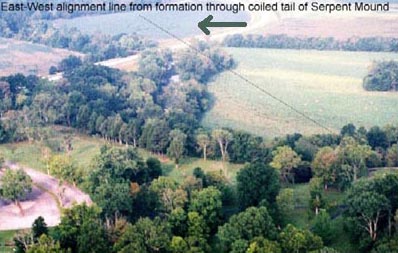
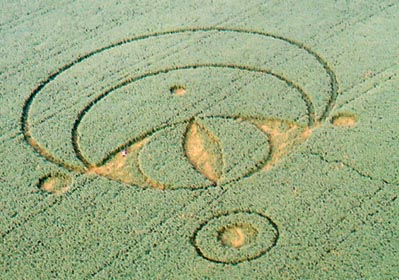
Aerial photograph © 2003 by Jeffrey Wilson and Roger Sugden.
May 9, 2005 Batvia, Ohio – Two years ago, between August and November 2003, four crop formations in soybeans were reported in the mysterious and ancient mound-builder’s region of southern Ohio. Most important in terms of plant and soil anomalies was the first one discovered on the morning of August 24, 2003, not far from the famous Serpent Mound near Locust Grove, Ohio. The tall soybean plants had been laid down in a geometry based around the Vesica Pisces symbol found so often in British crop formations. Its longest length was 271 feet and there were no tracks around the entire perimeter or inside the extraordinary pattern.Click for report.



